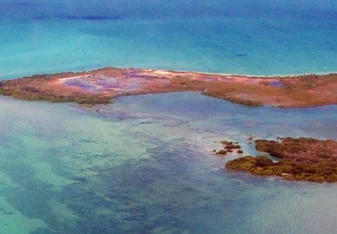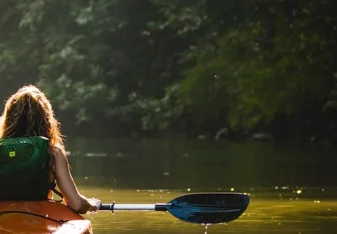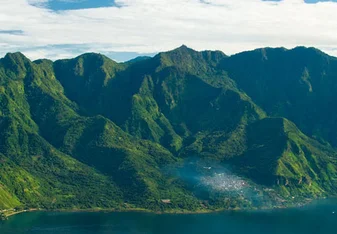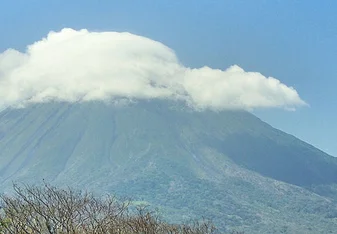High School Abroad in Panama
About
With lush rainforests, sandy beaches, and a vibrant culture, Panama has a great atmosphere for high schoolers looking for programs abroad. Students can chose to explore our southern neighbor through volunteer opportunities, exchange programs, and or Spanish language and cultural immersion programs.
In Panama, you can explore topics on ecology, Latin American culture, Spanish, or history. Live with a host family and experience Panamanian way of live. Or, travel through the country on an educational tour. Experience life outside of a classroom by doing high school abroad in Panama.
Panama is great for students who want to volunteer, learn Spanish, or who are interested in ecology, Latin American culture, and history.
Program Types
In Panama, high school students have the option to participate in a variety of different programs, including:
- Volunteer projects
- Summer programs
- High school exchanges
- Spanish courses / immersion
Volunteer projects
While volunteering as a high school student in Panama, students can work as an assistant teaching English, helping to preserve Panama's ecosystems, building new homes for those in need, among others. For teen learners, some volunteer projects are coupled with an educational component so you can learn and volunteer at the same time (called service-learning). Most volunteer projects in Panama require at least some basic level of Spanish, while others will include Spanish lessons in their training.
Summer programs
If culture, language, and exploring are some of your interests, then a summer program in Panama is right for you. Each program is unique and can focus on everything from the Spanish language, immersing students in the local culture, or studying the environment by snorkeling around the many coral reefs surrounding the country's beaches. Some include an adventure travel component with activities like scuba diving, hiking, or rock climbing.
High school exchange
By studying abroad for a semester in Panama you will dive right into the beautiful lifestyle and language or this small country. Speaking every day with your host family in Spanish, enjoying home-cooked meals, and taking a wide variety of classes will allow students to discover more about themselves as well as others.
Spanish courses / immersion
Naturally, Panama is a popular destination for high schoolers who want to improve on and practice their Spanish language skills. For teens, all inclusive programs that include a homestay, travel, activities, and other tours are the most popular option. However, some language schools will allow for teens to attend courses and more independently organize their time in Panama.
Planning Your Trip
Visas
Upon arrival, you will receive a tourist card for any stay under 90 days. If your stay exceeds 90 days, then a student visa form must be filled out before you leave for your trip. These forms can be found online and mailed into your local Panama embassy a few months before departure. However, most programs provide assistance throughout the visa process.
Housing
Most high school abroad programs in Panama place students with carefully selected host families, which allow students to experience Panamanian culture first-hand. Other programs that have more traveling have a combination of home stays and hotels.
Costs
The cost of living and traveling in Panama is slightly cheaper than neighboring Costa Rica, and its affordability is on par with a mid-sized U.S. city.
Most programs provide three meals a day and housing in their fees and students will only be responsible for their own personal expenses while in Panama. Students should budget around $25 per day in case a fun activity like a scuba diving excursion or zip lining through the rainforest comes up.
Remember to use cash as often as possible (which is easy, since Panama uses the U.S. dollar) because there is a large surcharge in Panama for paying with a credit or debit card.
Packing Tips
Panama is located in Central America and has a tropical climate. Panama's summer is from December to April, and its winter, or rainy season, is from May to January. During the rainy season, it can be very hot and humid so pack lightweight clothes. All of this means you better not leave home without:
- A bathing suit
- A hat
- Sunscreen
- Bug repellant
- Rain jacket
- Layers
- Breathable clothing
Health & Safety
Health
Traces of the Zika virus have been found in Panama. To learn more about Zika and how to avoid getting infected, read the Washington Post's article on Zika precautions.
Hepatitis A and B, Typhoid, and all routine immunizations are recommended vaccinations before traveling to Panama.
Some, but not all, areas of Panama have occurrences of malaria (the CDC has a great map of malaria zones in Panama). It's unlikely that you'll need to take malaria prophylaxis while there (consult your doctor on this), but definitely do take precautions and use bug spray -- especially at dusk and in the evening, when the mosquito that carries malaria is active.
Safety
Panama has a moderate crime rate that rises when you get to bigger cities or near the Colombian border. All of the crime found in large cities of Panama is all crime you would find in any large city. This being said, it's best to be a smart traveler and not walk alone at night.
If you're staying with a host family, ask them for tips on which areas are safest and which to avoid. Also, your program provider should give you training and safety tips during your orientation.




























